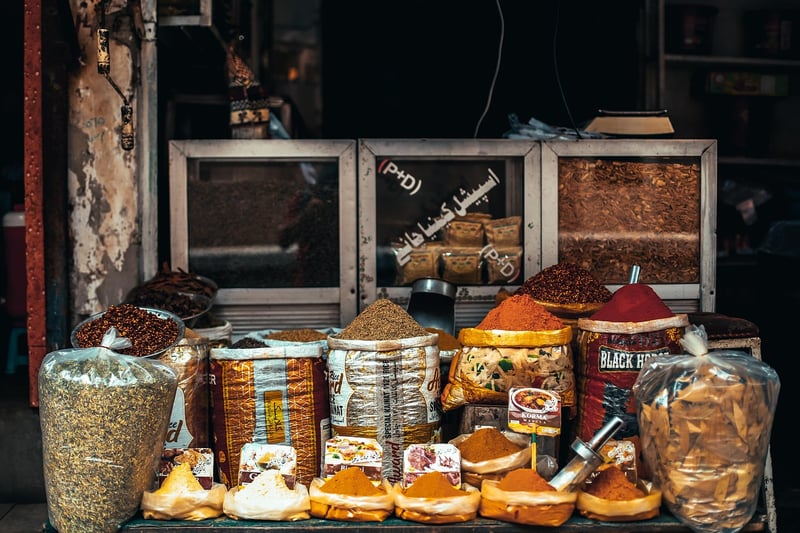Ingredient Substitutions
Enhance Your Cooking Skills with Ingredient Substitutions
Cooking is an art that allows you to experiment with flavors and ingredients. However, there are times when you may run out of a crucial ingredient or need to accommodate dietary restrictions. That's where ingredient substitutions come in handy. By understanding which ingredients can be swapped for others, you can adapt recipes and create delicious dishes with what you have on hand. Let's explore some common ingredient substitutions to help you enhance your cooking skills.
1. Baking Powder and Baking Soda
If a recipe calls for baking powder but you only have baking soda, you can make a substitution. Simply mix 1 part baking soda with 2 parts cream of tartar to create a homemade baking powder alternative. Likewise, you can use baking soda instead of baking powder by adding an acid like buttermilk or yogurt to the recipe.
2. Butter and Oil
Butter adds richness and flavor to dishes, but you can often substitute it with oil, especially in baking. For every 1 cup of butter, you can use ¾ cup of oil. Keep in mind that oil may make the texture slightly different, so adjust accordingly.
3. All-Purpose Flour and Whole Wheat Flour
If a recipe calls for all-purpose flour but you prefer the nutty flavor of whole wheat flour, you can make a 1:1 substitution. Just be aware that whole wheat flour may result in a denser texture, so consider adding a bit more liquid to the recipe.
4. Honey and Sugar
While honey and sugar have distinct flavors, you can often use them interchangeably in recipes. Substitute 1 cup of sugar with ¾ cup of honey, and reduce the liquid in the recipe by ¼ cup. Keep in mind that honey is sweeter than sugar, so adjust the sweetness to taste.
5. Cow's Milk and Plant-Based Milk
For those with dairy allergies or dietary preferences, plant-based milk alternatives like almond, soy, or oat milk can be used in place of cow's milk. They can be swapped 1:1 in most recipes, but be aware of the flavor differences they may introduce.
Conclusion
Learning how to substitute ingredients in your cooking not only expands your culinary repertoire but also allows you to adapt to various dietary needs and ingredient availability. Experiment with different substitutions to see how they impact the flavor and texture of your dishes. With practice, you'll become more confident in your ability to create delicious meals with whatever ingredients you have on hand.
Remember, cooking is all about creativity and exploration, so don't be afraid to try new ingredient substitutions in your recipes!

For more cooking tips and recipe ideas, visit Food Network.
